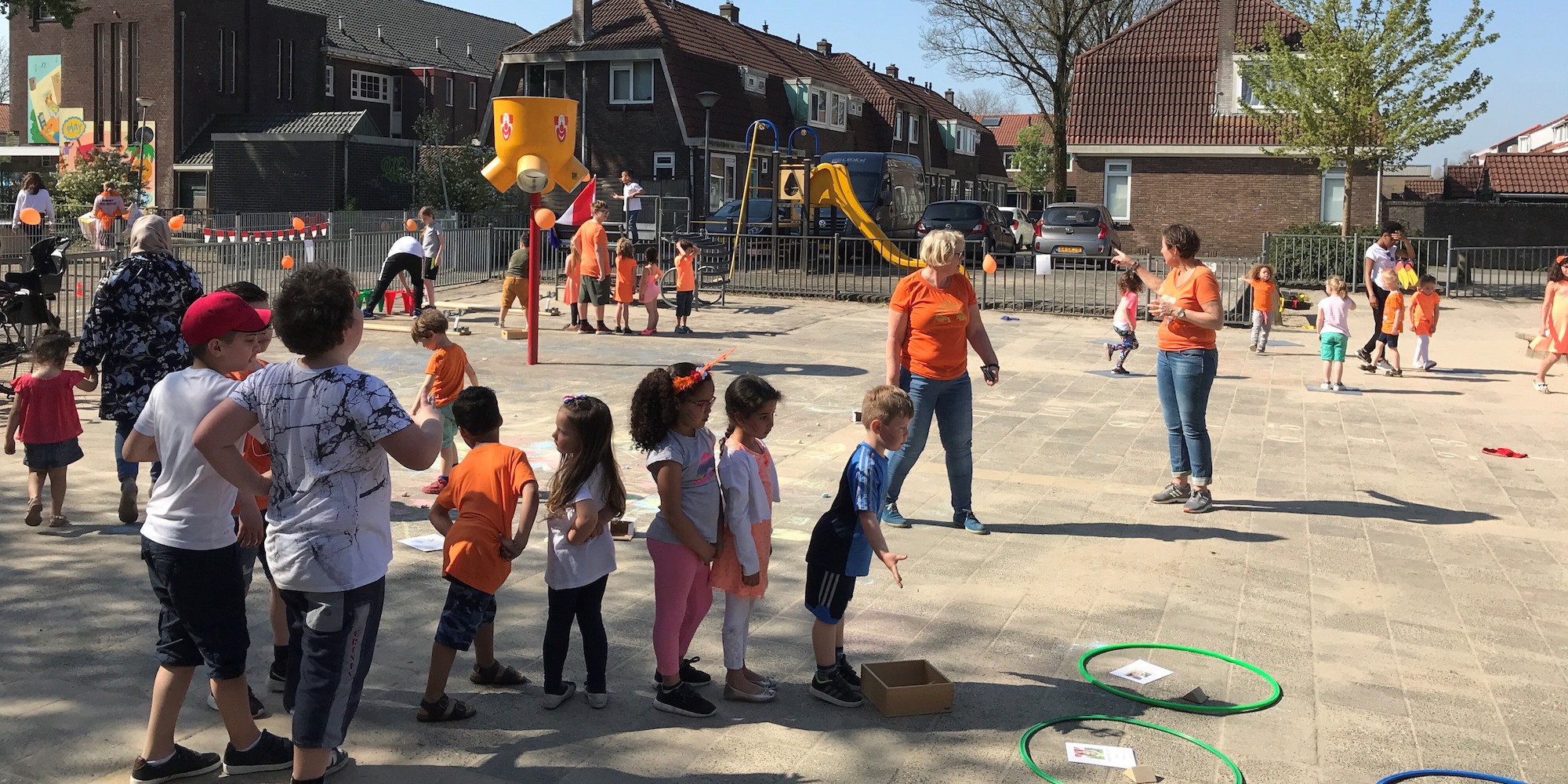
Lean thinking, better teaching
FEATURE – A school board in Holland is discovering the potential of lean thinking and improving its processes to tackle the overburdening of teachers.
Words: René Aernoudts, President, Lean Management Instituut
Much like medicine, teaching is a calling. Shaping the minds of students is a huge responsibility that teachers take on with passion and dedication, but it can also be a giant burden – both emotional and physical.
A school board here in the Netherlands, Zaan Primair, recently began to tackle the overburdening of staff in 10 of its 25 schools, and I believe the work they are doing is inspiring.
Zaan Primair is not new to lean thinking. They have been applying it in their classrooms for some time in a bid to improve education by encouraging students to set, visualize and track goals themselves. It worked pretty well, but up until recently they didn’t think lean could be used in any other way.
That all changed when they attended a learning event at Nyenrode Business University, where one of our clients explained how they worked with us on their lean transformation. They thought it was an interesting approach and asked me to visit their CEO to explain what sort of problems lean could be used on (the answer is any problem, if you are wondering).
The day of our meeting, upon hearing about lean could be used in the context of Zaan Primair schools, the CEO almost looked as if he had been struck by lightning. He immediately saw an opportunity to use it to ease some of the pressure the school board’s teachers were experiencing.
The year before, a Taskforce had been created to tackle this problem. Participants had one day per week freed up (a sign of how big a worry this is for the school board) to work together on finding a solution to the overburdening, but they had been struggling to focus their efforts and find a way forward.
We as Lean Management Instituut were asked to step in to help the team break the impasse they found themselves in. Our coaches Linda van Driel and Eric Steenbakkers brought A3 thinking to Zaan Primair, a problem-solving method that would help them to clarify where the overburdening came from.
An initial analysis showed that there were three peaks of work throughout the year, represented by activities like the parent-teacher meetings. Incidents, which could be anything ranging from a fight between students to a discussion between a teacher and a parent) also appeared to take a huge amount of the teachers’ time each day. (It is worth mentioning that these activities are often work that teachers take home and that can potentially create a lot of emotional unrest.)
LEAN TEACHING
We first tackled the peaks of work, showing the Zaan Primair team that, to a large extent, they could plan their work in a different way and prevent it from concentrating in three specific times of the school year. So, we helped them to level the work: parent-teacher meetings went from taking place three times a year to taking place every week (typically, one or two per week). They were scheduled during the day and not in the evenings anymore, with parents saying their goodbyes before the students enter the school - yielding 50 more teaching minutes per week per classroom and more breaks during the day for teachers.
We then started to look at incidents, which represent a big problem (particularly those occurring between parents and teachers) and therefore a big opportunity for the next A3. We first did a deep dive into 10 schools, tracking for three weeks the number and type of incidents occurring (we categorized them in verbal, non-verbal, physical, and digital). Before too long, a couple of patterns started to emerge. First of all, we learned that one or two children in each class are typically responsible for most incidents: this tells teachers where to focus their efforts. More importantly, at the schools in which we were tracking incidents, it became easier for teachers to talk openly about problems. This is a very positive step forward for this organization, because being able to discuss problems is the first step towards solving them.
Developing an understanding of the current state by relying on concrete data about the work takes the emotion out of the equation and allows teachers to focus on applying their skills and passion to solving real problems and, therefore, providing better education to their pupils.
THE AUTHOR

Read more


FEATURE – We tend to take the “goodness” of lean for granted, but – the author says – we should stop and think about what makes lean a good business practice. Why is it a way of thinking all businesses should adopt?


FEATURE – The difficulty of sustaining results often stems from our inability to monitor the KPIs that truly matter and to focus on business priorities. The author suggests a hands-on approach to strategy deployment.


FEATURE – The authors discuss some of the most common problems that product development teams experience and what an effective assessment tool for engineering looks like.


INTERVIEW – As their book on daily management is released in the US in English, we talk to the authors about the thinking behind the book and the lessons learned since its launch in Brazil three years ago.

